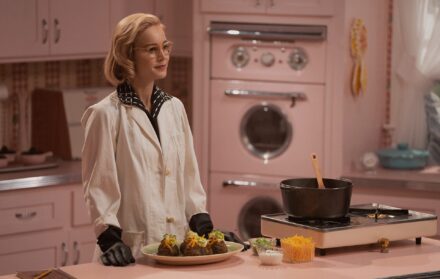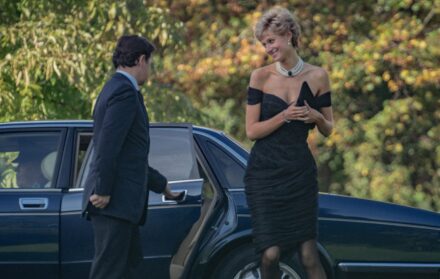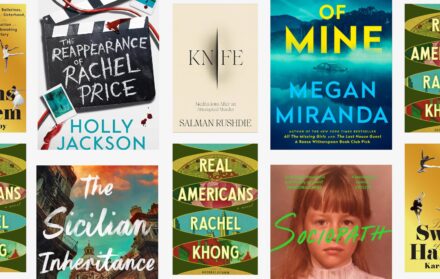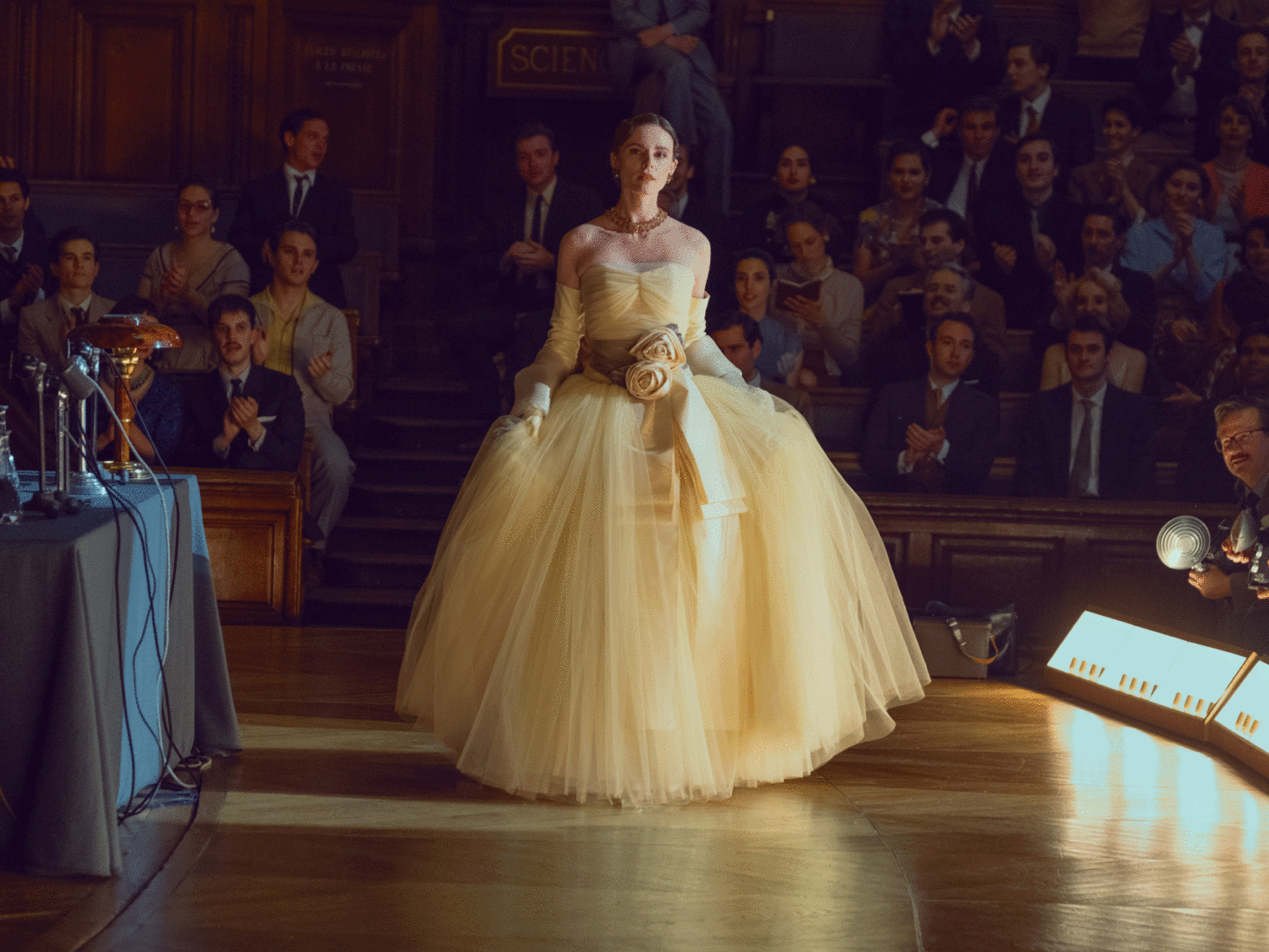
The New Look: The true story of the rivalry between Coco Chanel and Christian Dior
Chanel famously hated Dior, and defamed him in no uncertain terms. But was it jealousy, or something else? A new drama series grapples with the question
Bette Davis and Joan Crawford. Truman Capote and Gore Vidal. Edward Cullen and Jacob Black. These rivalries all rank among the most high-profile in pop culture history. Also worthy of a place on the list, I would venture to add, is the feud that played out between Coco Chanel and Christian Dior as they vied for the top spot in Paris’s fashion scene – a feud that is now being brought to life in a new Apple TV+ drama: The New Look.
In the ten-episode series, Chanel, the incumbent top dog couturier, is relentless in her resolution to defend her position. Dior, the upstart, is her antithesis. But what really happened? We dig into the true story of the rivalry between two fashion titans – and their very different responses to the Nazi occupation of France.
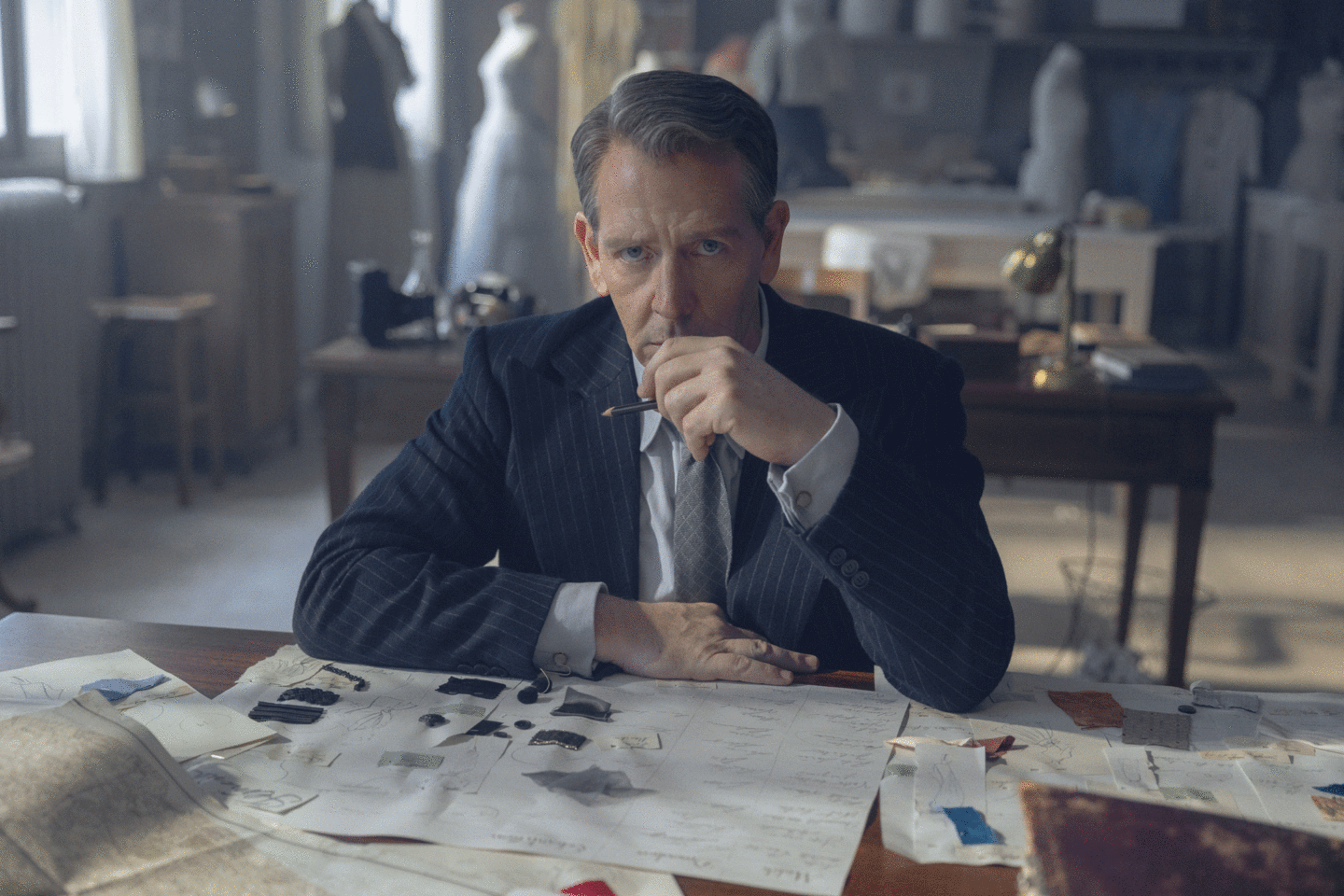
A couple of minutes into the first episode of The New Look, Chanel, played by Juliette Binoche, gives a withering indictment of Dior (Ben Mendelsohn) at a 1955 press conference, calling her new competitor, “a nervous wreck” and describing him as “hiding from the world, constantly miserable because he knows he doesn’t deserve his [break]”. His show attendees are “prisoners”, she says, who have to “suffer” through his designs.
Chanel had been losing ground to the fledgling designer, who was 22 years her junior, since Dior unleashed his seminal 1947 collection: 90 pieces that would change the course of fashion history, dubbed by then-editor-in-chief of Harper’s Bazaar, Carmel Snow, as ‘the new look’.
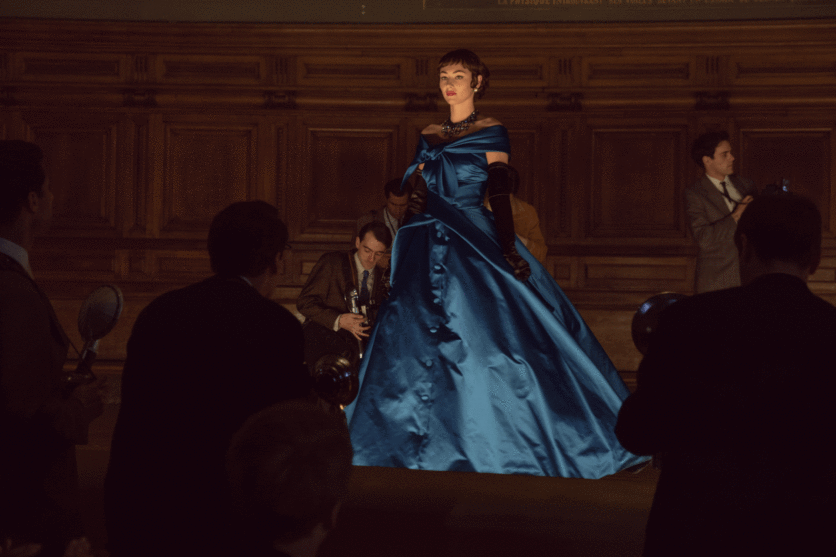
As Chanel trashes him to journalists, the series shows us a flashback: she is smearing Dior again – but this time to Nazi officials, telling them he has “no talent for design” and is “an embarrassment to haute couture“.
During the Nazi occupation of France, Chanel engaged in a romance with an officer. It’s likely that she colluded with the party, with some biographers even claiming that she acted as a spy for the Germans. The New Look doesn’t skirt around the allegations: in one scene, Chanel attends a ball held in a venue decorated with swastikas, and a Nazi official pulls her aside to tell her, “Once you complete our task, your Jewish partners will no longer have any claim over your company.” (This is in reference to Chanel’s long-standing battle over ownership of Parfums Chanel with Pierre Wertheimer, who was Jewish. When the Nazis announced the seizure of all Jewish-owned property and enterprises, this provided her with an opportunity, and a motive, perhaps, for alignment with the occupiers.)
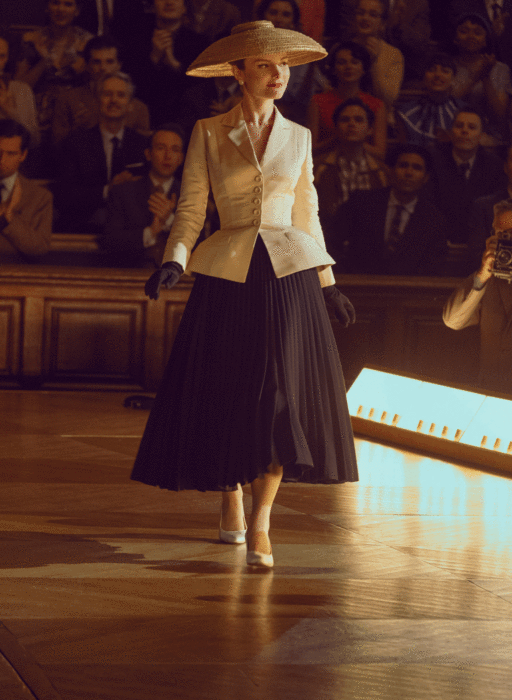
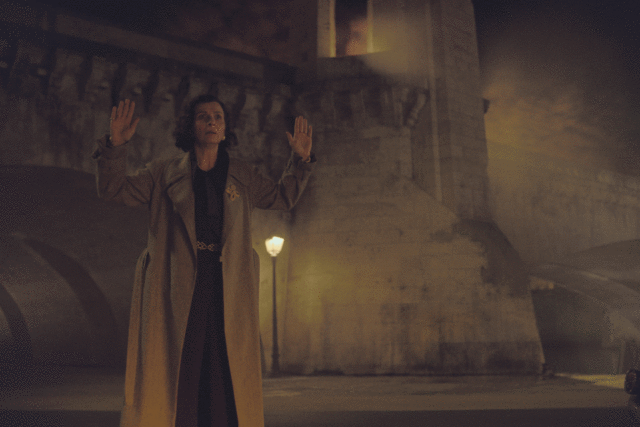
Juliette Binoche as Coco Chanel
Meanwhile, Dior is presented in the series as someone of moral fibre. Someone who, after starting his own fashion house at the unprecedented age of 42, never allowed success to corrupt him. He was gay, and the secret of his sexuality weighs heavily, but this only strengthens Dior’s resolve to bring beauty to the world.
As far as Dior’s relationship with Chanel, biographers claim that, despite the opprobrium heaped upon him, there are few records of him speaking ill of her. His virtue is illustrated by proxy, through the story of his sister, Catherine. Played in the series by Maisie Williams, Catherine was a French resistance hero who escaped torture at the Ravensbrück concentration camp.
But there are two sides to every story, and Chanel’s aversion to Dior was not, perhaps, entirely without merit. Chanel is often credited with playing a key role in the sartorial emancipation of women – hers were some of the first fashions that didn’t involve restrictive corsets, or otherwise inconvenient garments that kept women both symbolically ornamental and physically subdued.
By making functionality fashionable – think the Chanel suit (the brand popularised trousers for women), bags and shoes with actual straps, and even subtle perfumes where predecessors were extortionately sweet and overpowering – the designer laid the foundations for a world where women are able to move around with the same freedom and comfort as men.
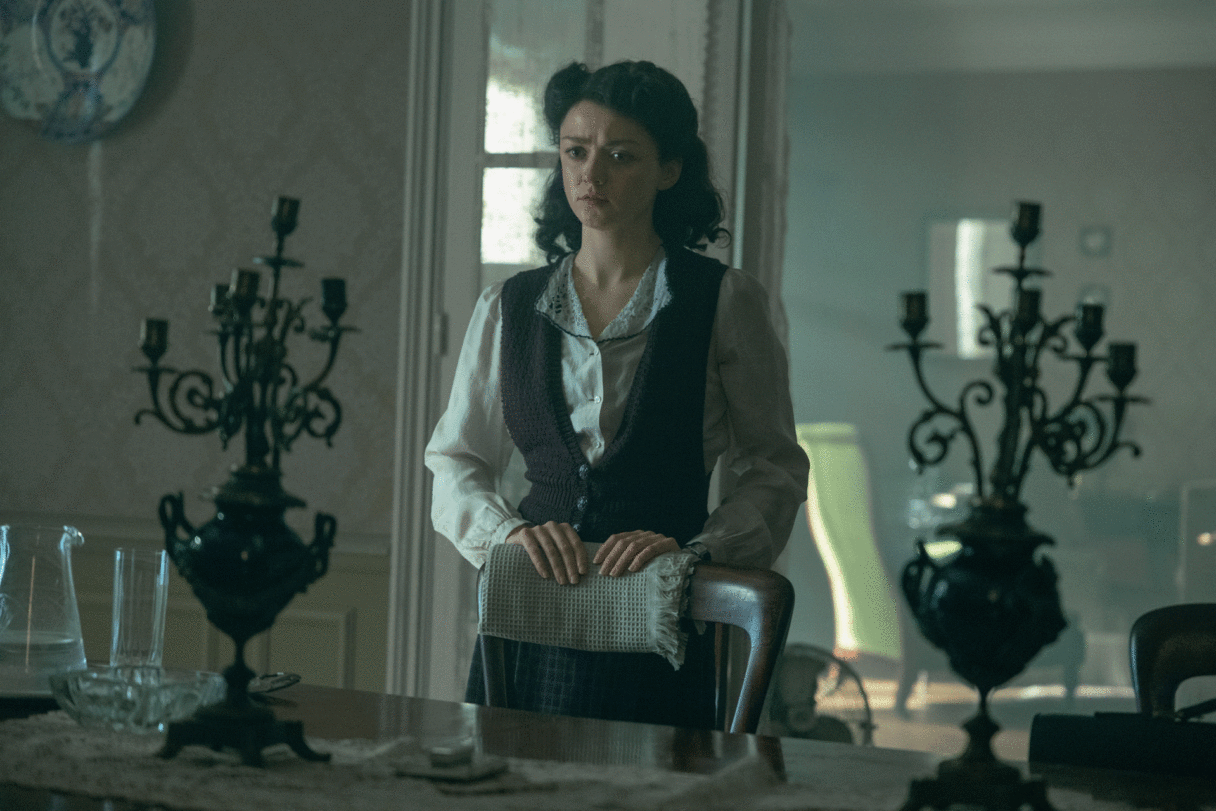
Dior, she felt, represented a regression on this front. The styles that he brought in were hyper-feminine: he cinched waists, padded shoulders, and added inches to heels. “Dior doesn’t dress women, he upholsters them,” Chanel once said. The popularity of ‘the new look’ stung like a betrayal to Chanel – not least because it was orchestrated by a man. “Look how ridiculous these women are, wearing clothes by a man who doesn’t know women, never had one, and dreams of being one,” she once remarked, in a particularly low blow. “Only a man who never was intimate with a woman could design something that uncomfortable.”
The trouble was that, in the aftermath of World War Two, the denizens of Paris were ready for some escapism. They had had enough of functionality and austerity; when Dior began using reams of previously-scarce fabric to construct huge gowns, it reassured them that this time was over. His designs were the phoenix rising from the ashes – a promise of a bright – and bountiful – future.
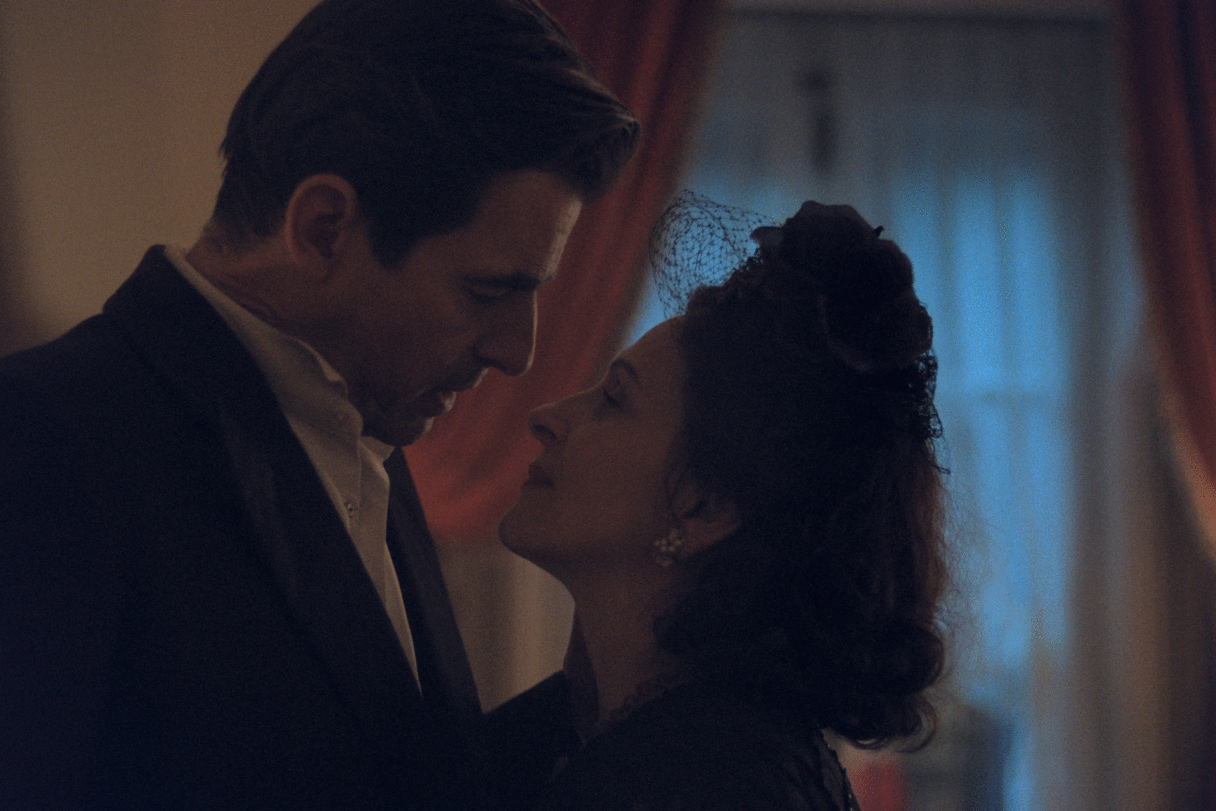
What of Chanel’s unsavoury affiliations? Her supporters argue that she was simply a survivor; dropped off at an orphanage by her father after the death of her mother, Chanel was raised by nuns and began her business at a time when it was illegal for women to have a bank account. She was shafted by Wertheimer, they say, who offered her only a 10 per cent stake in her namesake brand.
We will never truly know what motivated Chanel – whether she was a survivor or an opportunist, both in terms of her collusion with Nazis and her rivalry with Dior. Was she bitter about being unseated, or desperate to protect her legacy? In the end, she needn’t have worried: both names have become synonymous with the most timeless notions of French élan, and both hold equal sway over the new look of the 21st century, many decades after their founders butted heads.
'The New Look' premieres on Apple TV+ on 14 February 2024.



